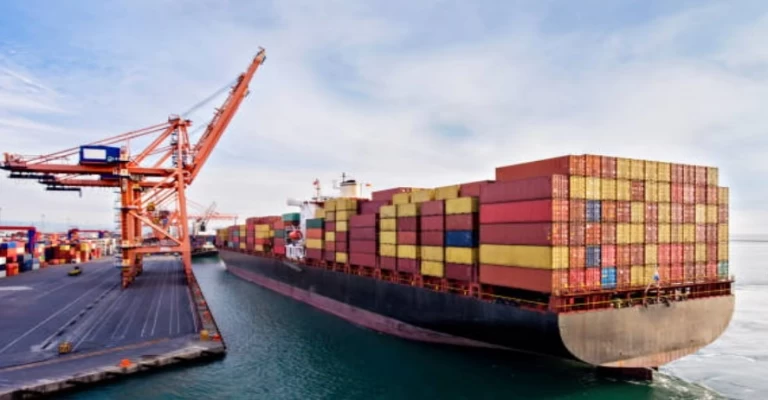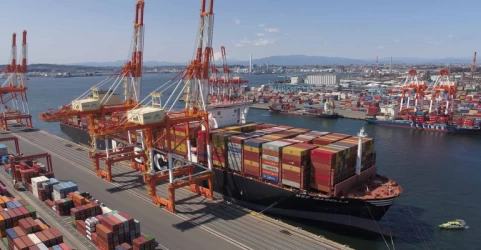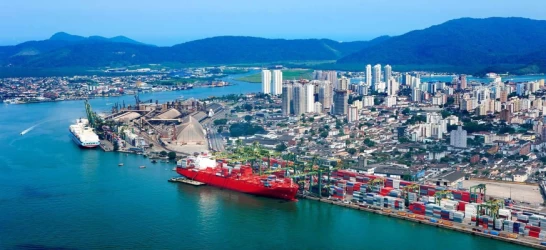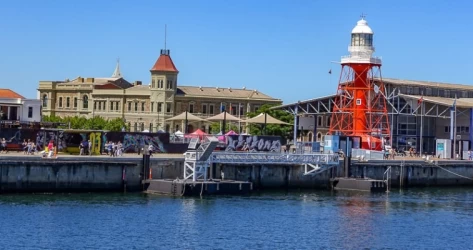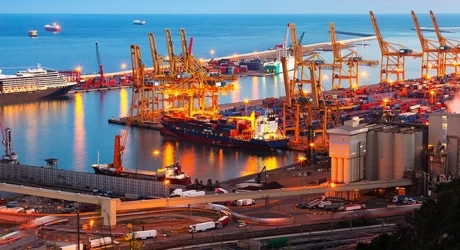Sea freight at Luoyang port
Lavian Port, located in Northern Samar, Philippines, is a strategic maritime hub playing a key role in the country’s growing economy. Serving as a gateway for domestic and international trade, Lavian Port has become increasingly important due to its proximity to major shipping routes in the Pacific Ocean and its capacity to handle a wide variety of cargo. This article will explore the port's location, infrastructure, its role in economic growth, and the challenges and opportunities for future development.
Geographical Significance
Lavian Port is ideally situated along the eastern coast of the Philippines, providing access to the Pacific Ocean. Its proximity to international shipping lanes makes it a critical entry and exit point for goods coming into and leaving the Philippines. The port's strategic location enables it to facilitate trade not only with neighboring Southeast Asian countries but also with global markets in North America, Europe, and the Middle East.
Its closeness to the San Bernardino Strait and other key waterways means that it connects efficiently to major trade routes, making Lavian Port a vital point for both imports and exports. This location advantage has allowed the port to increase its capacity for handling large amounts of cargo, especially agricultural products, machinery, and consumer goods.
Port Infrastructure
Lavian Port is equipped with modern infrastructure capable of handling various types of maritime traffic. The port includes several deep-water berths that can accommodate large container ships, bulk carriers, and even cruise ships. The port facilities also include container yards, storage warehouses, and modern cranes for loading and unloading cargo. These facilities make Lavian a competitive choice for shipping companies that need efficient and reliable services.
Additionally, the port’s integration with local road and rail networks allows for easy transportation of goods to and from the hinterland. This logistical connectivity ensures that the flow of goods remains seamless, making Lavian Port a crucial element in the supply chain network for both local and international businesses.
Economic Impact
Lavian Port plays an essential role in the local and national economy. It has become a significant driver of economic growth in Northern Samar by creating jobs, improving trade links, and attracting investments in infrastructure and industry. The port has been instrumental in boosting the region's agricultural exports, including rice, coconuts, and sugarcane, which are major sources of income for the local population. By providing a reliable and efficient means of transportation, Lavian Port has allowed local producers to access global markets more easily, increasing their competitiveness.
On a national level, the port has helped strengthen the Philippines' position in global trade, particularly in the export of raw materials and the import of industrial goods. The development of Lavian Port has also spurred growth in adjacent industries such as warehousing, shipping services, and logistics, contributing to the overall economic development of the region.
Challenges and Opportunities
Despite its success, Lavian Port faces several challenges. One of the most pressing issues is the need for further infrastructure development. With increasing trade volumes, the port is approaching its capacity limits, and without further investment, it may struggle to keep up with demand. Additionally, modernizing port operations with new technologies like automated cargo handling systems and real-time tracking could improve efficiency but requires significant financial investment.
Environmental sustainability is another challenge. As with many coastal areas, Lavian Port must manage the environmental impact of increased maritime traffic. Measures such as waste management, water pollution controls, and sustainable development practices are critical to ensuring that the port's growth does not harm the local environment.
However, there are numerous opportunities for Lavian Port. Expanding its facilities and improving infrastructure could make it an even more attractive option for international shipping companies looking for alternative routes to bypass congested ports. Partnerships with other Southeast Asian ports could also strengthen its position in regional trade networks. Furthermore, leveraging its strategic location and incorporating green technologies could help Lavian Port become a model for sustainable maritime transportation in the region.
Future Prospects
The future of Lavian Port looks promising with growing international trade and the Philippine government’s focus on port development. As global shipping demand increases, the port is well-positioned to capture a larger share of the maritime transportation market. Plans to expand the port’s container terminals, increase storage capacity, and improve transportation links with inland regions will help Lavian Port meet future demand.
Additionally, the rise of the digital economy and e-commerce will create new opportunities for port services, as more goods require fast and efficient transport. By adopting smart port technologies, Lavian could enhance its operational capabilities and provide better services to shipping companies, ultimately boosting its competitiveness in the global market.
Conclusion
Lavian Port is a key player in the Philippines' maritime transportation sector. With its strategic location, modern infrastructure, and strong contribution to the local and national economy, the port is poised to become a significant hub for international trade. While challenges such as capacity constraints and environmental concerns remain, the opportunities for growth and development far outweigh the risks. With continued investment and sustainable practices, Lavian Port has the potential to thrive and play an even larger role in the global maritime industry.
If you have any specific questions or need further assistance, feel free to ask!

